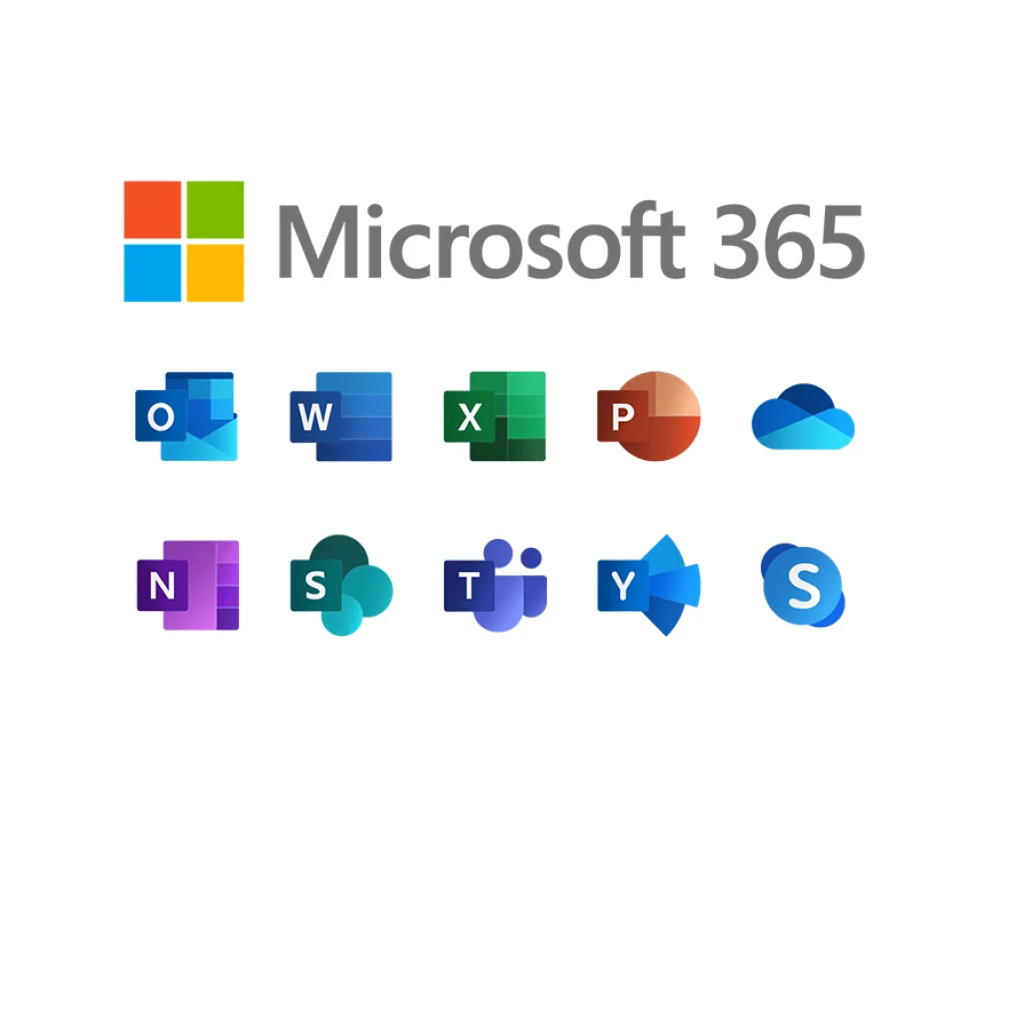
Microsoft 365 (M365) has become the de facto office work environment for organizations worldwide. From Word to Excel to Teams, it offers an integrated suite of applications that power the daily operations of countless businesses. However, as businesses rapidly adopted Microsoft 365 during the COVID-19 pandemic, many implementations were rushed, often leaving behind a fragmented and inefficient ecosystem.
While the licensing structure of M365 is crucial, focusing solely on it misses the larger picture. The true value lies in managing the entire ecosystem that surrounds M365 — from security posture and data resilience to license optimization and app usage tracking. To truly maximize the potential of Microsoft 365, businesses must move beyond the basic licenses and pay closer attention to the interconnected components that influence its performance and cost-efficiency.
The Hidden Risks of M365 Implementations
When organizations rushed to implement Microsoft 365 in response to the pandemic, certain issues began to surface. Security concerns, data resilience gaps, and cost mismanagement have become more prevalent as businesses continue to operate in a virtual-first environment. Here are some critical areas to consider:
- Security Gaps: Despite Microsoft 365’s advanced security features, many organizations have secure scores as low as 30%. This indicates significant vulnerabilities in their security posture, which can expose the company to cyber threats.
- Phishing Attacks: Phishing continues to be a significant risk for many organizations. In some cases, phishing attempts are occurring in up to 50% of services within M365.
- Cost Mismanagement: Businesses often overlook opportunities to optimize their licensing costs. It’s estimated that organizations can save up to 25% on M365 licensing when the environment is properly managed and streamlined.
This highlights a critical need to look beyond the licenses and pay close attention to the ecosystem of security, data backup, user behavior (e.g., movers, leavers, and joiners), and app usage. By managing these components holistically, businesses can reduce security risks, streamline costs, and improve efficiency.
Data-Driven Insights: The Key to Security and Optimization
The foundation of a well-managed M365 ecosystem is data. Businesses need to analyze data across several key areas to understand the current landscape and identify improvement opportunities:
- Security Posture: Continuous monitoring and analysis of security alerts are essential. A robust system should flag potential vulnerabilities and provide actionable insights to improve your organization’s overall security.
- License and App Usage: Knowing which apps and licenses are being used — and which aren’t — allows organizations to identify and eliminate wasted spend on unused services.
- User Lifecycle Management: Tracking users who join, leave, or move within the organization ensures that licenses are properly allocated and that security settings are appropriately adjusted for new or departing employees.
- Data Backup and Recovery: Data resilience is non-negotiable. Organizations need a comprehensive backup strategy that works seamlessly within the M365 ecosystem.
Once the current issues and opportunities are identified through data-driven analysis, businesses can begin implementing solutions to optimize the ecosystem. By closing security gaps, improving user lifecycle management, and reducing wasteful spending, organizations can unlock the full value of M365.
The Role of Copilot in Maximizing ROI
With the introduction of Copilot — Microsoft’s AI-powered assistant integrated into M365 — organizations can achieve significant improvements in productivity, collaboration, and workflow automation. However, to get the most out of Copilot, organizations must first resolve the ecosystem-related issues that are holding them back.
Copilot’s capabilities, such as automated document creation, data analysis, and collaboration enhancement, are only as effective as the environment they operate in. If security risks, data fragmentation, and licensing inefficiencies persist, the potential benefits of Copilot will be limited. For businesses to achieve a meaningful return on investment (ROI) from both M365 and Copilot, they need to first ensure their ecosystem is well-managed and optimized.
Smarter 365 Ecosystem: Automating the Optimization Process
Optimizing an M365 ecosystem is a complex and ongoing process that can be time-consuming when done manually. This is where TBSC’s Smarter 365 Ecosystem comes in. By automating the tracking of key performance indicators (KPIs), the Smarter 365 Ecosystem continuously monitors and analyzes the most critical aspects of your M365 environment:
- Security posture and alerts
- License and app usage
- User lifecycle management
- Data resilience and backup
Using AI-driven insights, Smarter 365 identifies opportunities for improvement, reveals inefficiencies, and provides actionable recommendations to optimize your Microsoft 365 ecosystem. This continuous improvement process ensures that businesses not only cut down on wasted costs but also enhance security and productivity, resulting in a high ROI on their M365 investment.
Conclusion
Managing Microsoft 365 is no longer just about managing licenses; it’s about understanding and optimizing the ecosystem that surrounds it. With potential savings of up to 25%, significant security vulnerabilities, and the risk of wasted resources, organizations must take a more comprehensive approach to M365 management. By leveraging data-driven insights and automated solutions, businesses can close the gaps in their M365 ecosystem, improve security, streamline costs, and ultimately realize the full value of their investment.
For more information on how to optimize your M365 ecosystem and improve your ROI, contact info@tbsc.cloud.